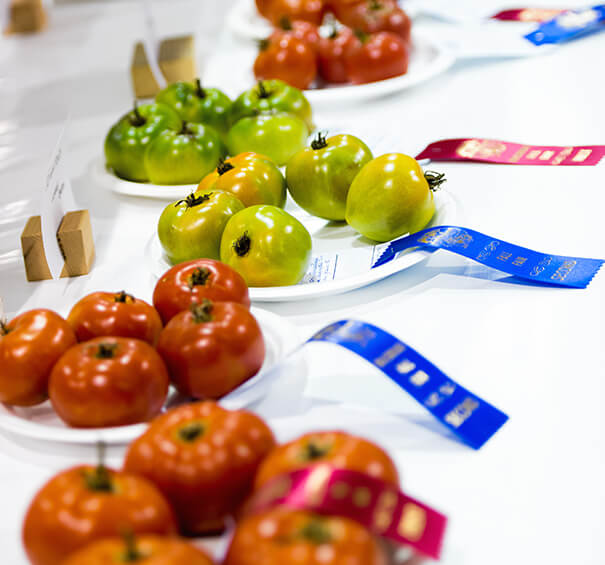Great Ready for Celebrating Ag Shows | Armidale Awaits!
Mark your calendars! Friday 20 & Saturday 21 June 2025 will be unforgettable as Celebrating Ag Shows 2025 (CAS25) promises to bring energy, inspiration, and community spirit to Armidale!
Whats On the Program
Friday, 20 June – Explore & Connect
Kickstart the weekend with an Armidale Heritage & Highlights Bus Tour, offering a unique glimpse into the region’s rich history. As the day winds down, Nex Gen will Raise the Bar: at the Welcome Event – the perfect chance to network.
Saturday, 21 June – A Day of Insight & Inspiration
The main event begins with the AgShows NSW AGM, followed by an engaging program of debates, keynotes, and interactive sessions:
- The Great Debate: "The primary purpose of today's Agricultural Shows is advancing Agriculture…or is it?"
- Teamwork, Tension & Turning It Around: Strengthening collaborative committees.
- Innovating Tradition: Future-proofing agricultural shows through innovation.
- Survive & Thrive: Success stories from thriving shows.
- Can AI Supercharge the Show Secretary? Exploring digital solutions for show management.
- Dollars & Sense: Strategies for securing grants, sponsorships, and revenue streams.
- Yarn Circles: Open discussions for sharing experiences and brainstorming ideas.
- Final Round-Up: A reflective session to wrap up the event.
The day ends with Sundowners, followed by the Gala Dinner & Awards Night, an evening of recognition, camaraderie, and celebration.
Sunday, 22 June – The Big Brekkie
Ease into the final day with a relaxed Big Brekkie, hosted by the Armidale Show Society – a perfect opportunity to connect before heading home.
Why You Can't Miss It
From thought-provoking discussions to practical takeaways, networking, and fun, this weekend has it all. Whether you’re a seasoned show veteran, new to a Show Society or an emerging leader.
Master Your Show Announcing Skills
Are you involved in announcing or commentating at agricultural, equine, or rural events? The Show Announcers Academy is hosting a workshop in Armidale designed to elevate your skills and confidence in the show ring.
Workshop Details:
- 3:00 – 5:00PM Friday 20 June 2025
(before the Celebrating AgShows welcome) - Armidale Showground, 5 Dumaresq Street
Cost: $90 per person
Make a Weekend of It!
Turn your trip to the conference into a memorable weekend getaway in beautiful Armidale. Known for its rich heritage, stunning scenery, and warm hospitality. We're working to organise a special heritage tour on Friday afternoon, where you can explore the town’s iconic historical sites and learn about its fascinating past. Director Kelso Looker is also excited to host CAS25 his town and show off his Showground and sights.
Getting to Armidale
Getting to Armidale is easy, with regular flights and train services available, or enjoy a scenic road trip through the picturesque New England region.
Where to Stay?
Town Map with accommodation highlighted
Armidale offers a range of accommodation options to suit every budget and preference. Check out Visit Armidale tourism site for recommendations, or use platforms like Booking.com, which often offer the flexibility of free cancellation up to the date of arrival. Some Groups and Shows booked share houses on Airbnb or Stayz, making it a fun way to stay together and carpool to the event.
Sponsorship Opportunities
We are excited to welcome back 123 Tix as a sponsor for 2025!
There are still opportunities available to become a Principal Sponsor or Award Sponsor, offering a fantastic chance to align your brand with our celebrated event.
If you know of an organsation interested in supporting us, please contact our office for a sponsorship package or to make an introduction.
2024 Testimonials
“The entire conference was excellent. If I had to choose my favourite parts, I would say the presentations…the ability to catch up with friends… and the networking opportunities were also very valuable. Overall, a stellar effort!”
“Congratulations on a great event. It was well attended and very informative”
“Thank you 🙏 It was an amazing weekend of networking, learning, strengthening and celebrating our Ag Shows!”
“Fantastic event! Thank you to everyone can’t wait for 2025!”






